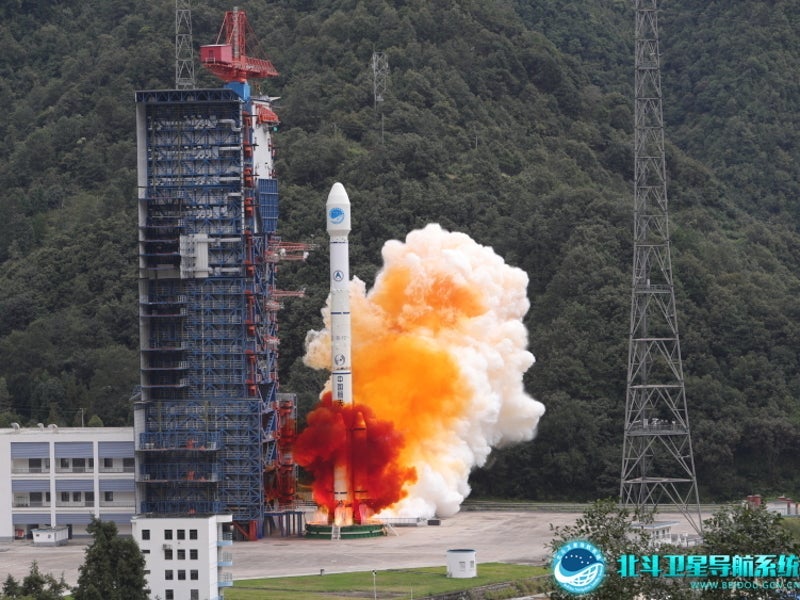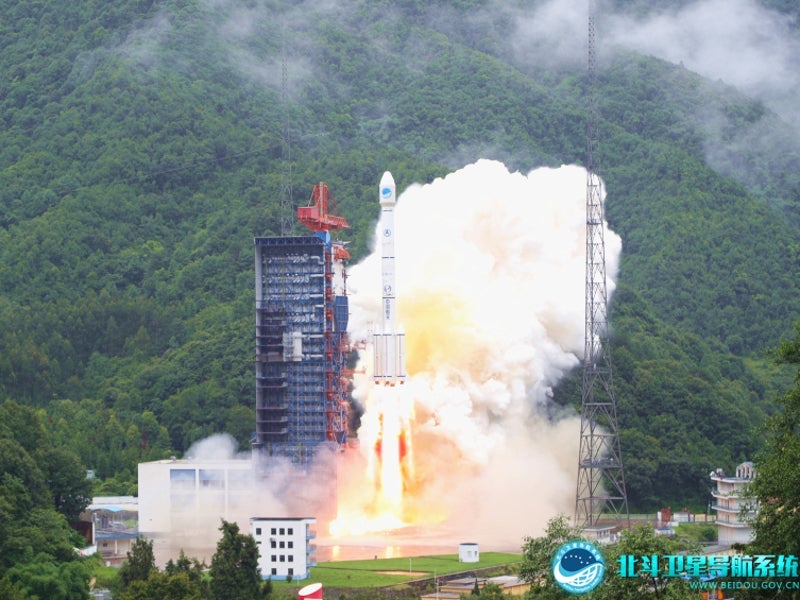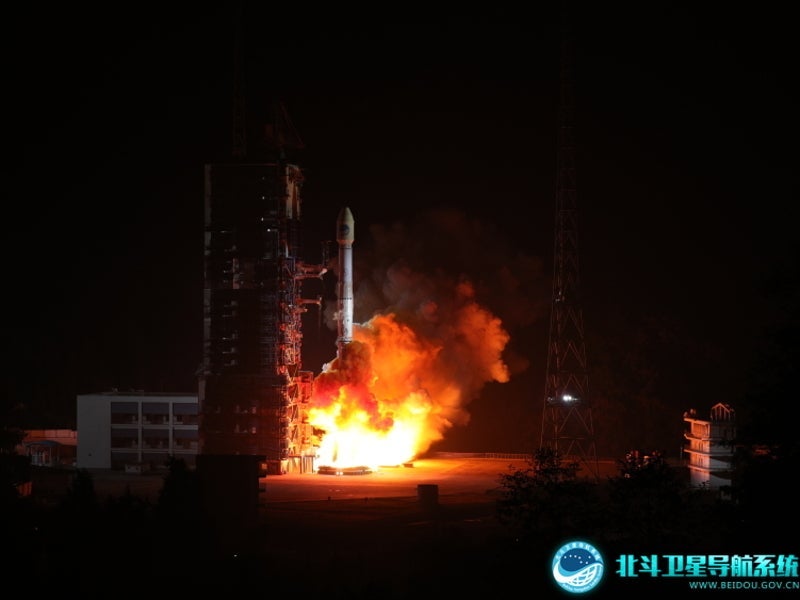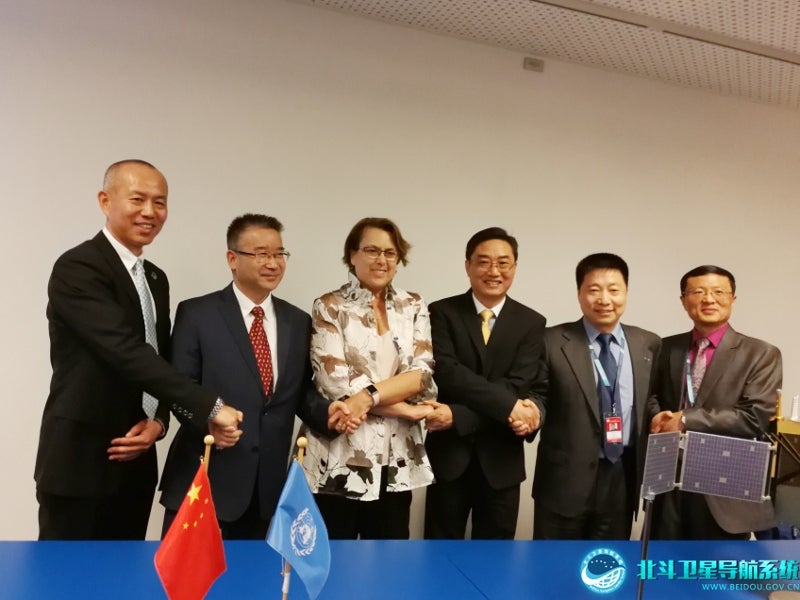BeiDou-3 is a new global navigation satellite system being developed by China National Space Administration (CNSA) as an alternative to the global positioning system (GPS) of the US, Russia’s GLONASS, and Europe’s Galileo.
The BeiDou-3 is part of the BeiDou navigation satellite system (BDS), which aims to develop space infrastructure for round-the-clock, all-weather, accurate navigational, positioning, and timing services.
The BDS system also has a range of applications such as communications, hydrological monitoring, surveying, mapping, geological survey, forest-fire prevention, time synchronisation for communication systems, power dispatch, search-and-rescue (SAR), and disaster mitigation and relief operations.
CNSA launched 18 BeiDou-3 satellites in 2018, while the latest satellite of the constellation lifted-off in June 2019. The BDS-3 will be fully operational by 2020, upon the launch of 35 satellites.
Details of the BDS programme
The idea to develop the BeiDou system was conceived in the 1980s, while the first phase of the BeiDou navigational system (BeiDou-1 or BDS-1) was launched in 2000.
BeiDou-1 navigational system was a constellation of four satellites with the service area from 70°E to 140°E longitude and 5°N to 55°N latitude. The system offered positioning, timing, and short message communication services until its decommissioning in late-2012.
The second phase, BeiDou-2 (BDS-2) with 16 navigational satellites, was launched in 2007. Five of the 16 satellites were placed in geostationary orbit, five in the inclined geosynchronous orbit, and the remaining six in the medium earth orbit.
The mission serving the Asia-Pacific region began services in 2012. The BDS-2 constellation currently includes 12 satellites.
CNSA began the development of the latest global navigational satellite system BeiDou-3 (BDS-3) to expand the coverage. The first experimental satellite of the BeiDou-3 was launched from the Xichang Satellite Launch Center in March 2015. As of July 2019, 21 BeiDou-3 satellites have been launched.
BeiDou-3 design and features
The BeiDou-3 constellation will include 35 satellites which will offer a full range of services by 2020. Five of the 35 satellites will be placed in geostationary orbit (GEO), three will be placed in inclined geostationary orbit (IGSO), and the remaining 27 in the medium Earth orbit (MEO).
BDS-3 satellites are fitted with high-performance B1C and B2a systems, which are interoperable with the other existing global navigation satellite systems (GNSS). It also provides satellite-based augmentation system (SBAS) and SAR services.
BeiDou-3 utilises hydrogen atomic clock with the stability of E-15 and rubidium clock with E-14 stability. It offers more frequency stability than its predecessor BDS-2.
BDS-3 satellites feature inter-satellite links, which help with time synchronisation and enhance SAR and message communication services (MCS), including regional MCS (RMCS) and global short MCS (GSMCS).
The system also supports precision point positioning with decimetre-level motion positioning and centimetre level positioning, satellite-based augmentation, global SAR, and space environment exploration.
The satellites and launch vehicles used for the BDS-3 mission are designed and developed by China Academy of Space Technology (CAST) and China Academy of Launch Vehicle Technology (CALT), respectively.
Service and performance
The BDS-3 global service system offers horizontal/vertical positioning accuracy of 10m with velocity and time accuracies of 0.2 metres per second and 20 nanoseconds, respectively. It offers a global service availability of more than 95%. In the Asia-Pacific region, the positioning accuracies are 5m horizontal and 5m vertical.
China introduced 28 nanometres domestic BDS chips, which help in various applications such as transportation, marine fishery, and marine navigation. The BDS also uses a high-precision deformation monitoring system to ensure safe operations of the Hong Kong-Zhuhai-Macao Bridge. The BDS serves cars via intelligent vehicle terminals.
Cambodia, Pakistan, Myanmar, Laos, Thailand, Indonesia, Kuwait, Russia, Algeria, and Uganda, as well as other African and Belt and Road Corridor (BRC) countries are the beneficiaries of the BDS.







